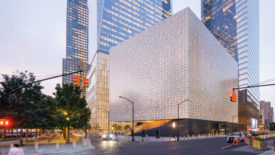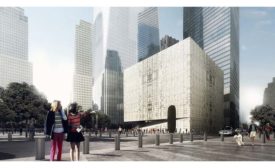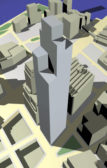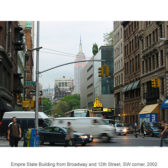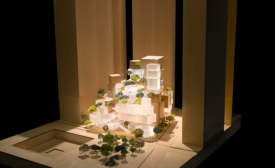Home » Keywords: » World Trade Center
Items Tagged with 'World Trade Center'
ARTICLES
Review: The Rising: The Twenty-Year Battle to Rebuild the World Trade Center by Larry Silverstein
Read More
Ground Zero Art Center Design Revealed
Designed by Joshua Prince-Ramus of REX, the Ronald O. Perelman Performing Arts Center will be a marble-clad cube.
Read More
Before the Architecture
An urban planning expert identifies the real next steps for the World Trade Center site.
Read More
Copyright ©2025. All Rights Reserved BNP Media.
Design, CMS, Hosting & Web Development :: ePublishing


